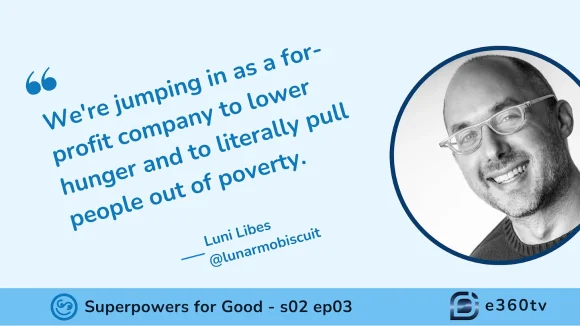
Back in the dot-com bubble, my second-ever startup filed the paperwork to go public, but the NASDAQ topped off before we were able to complete that process. It’s long been a life goal to be part of a company to finish that process. That goal was not only achieved today, but by Africa Eats, my eighth startup. I’m now CEO of a public company. 


















